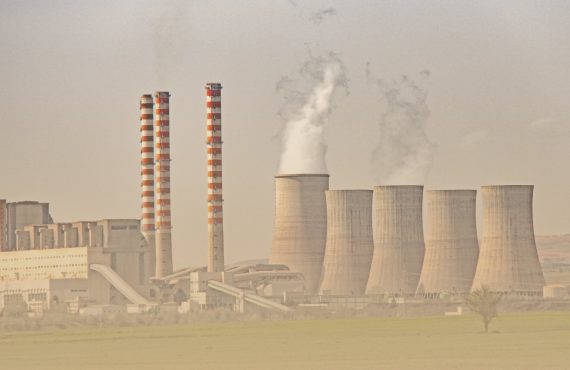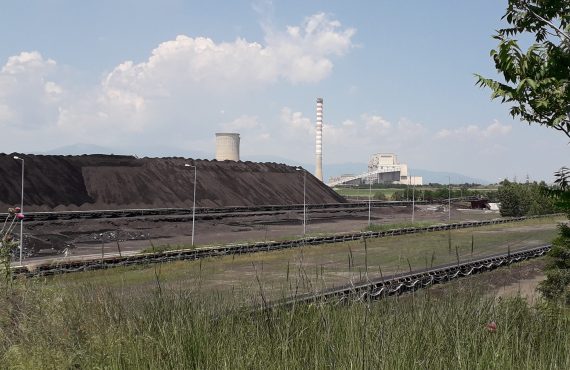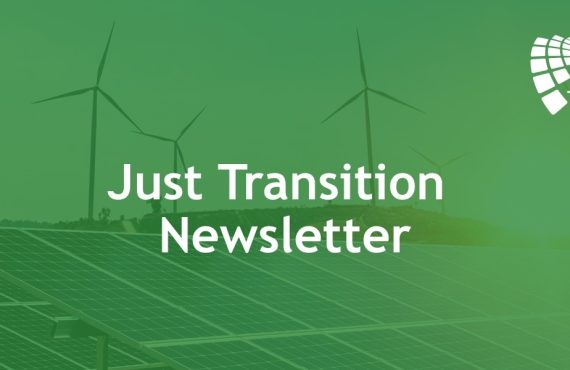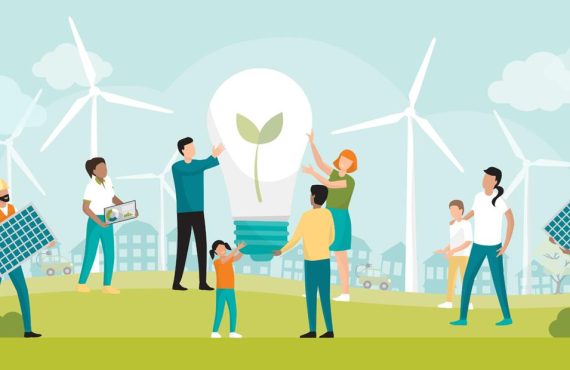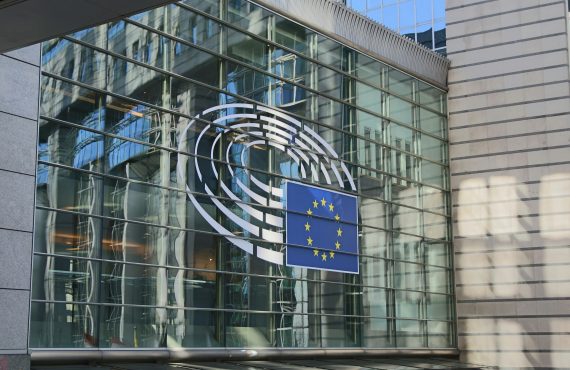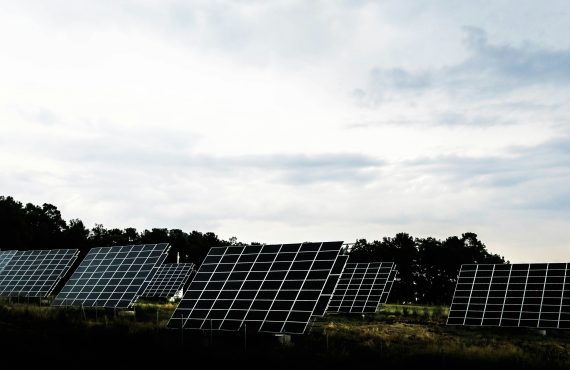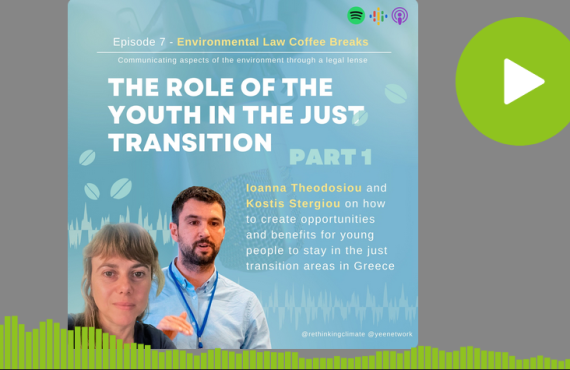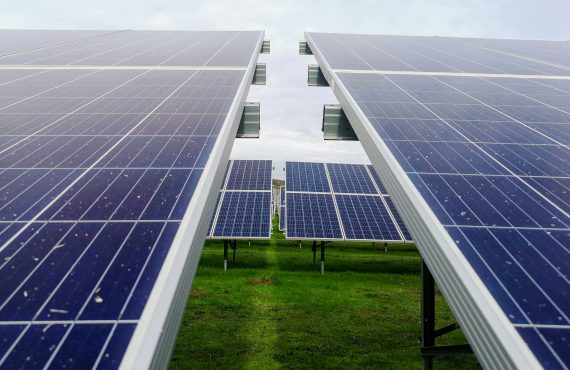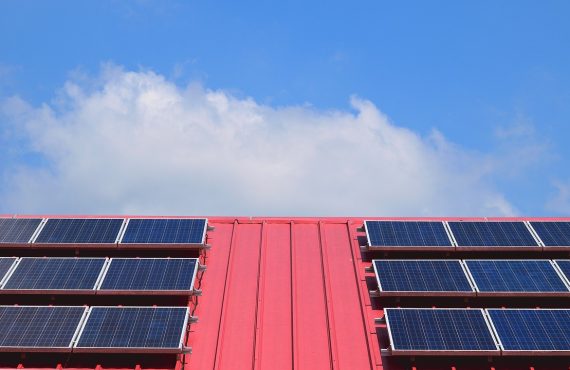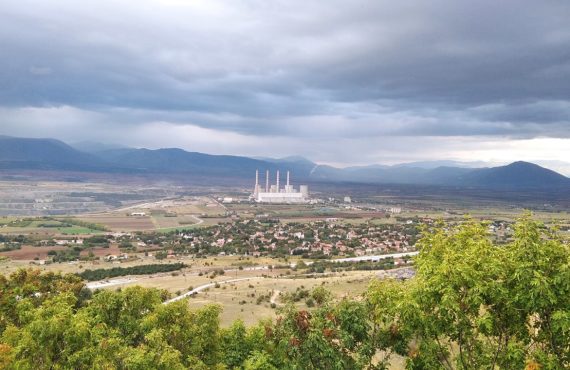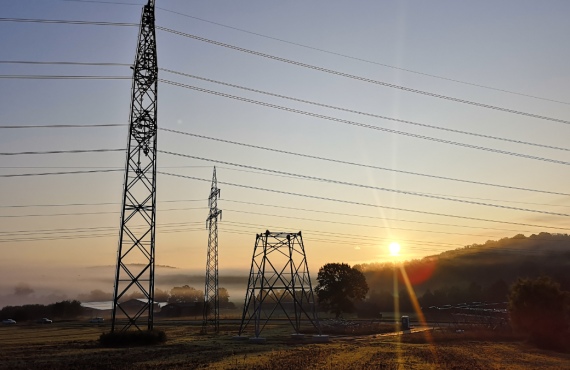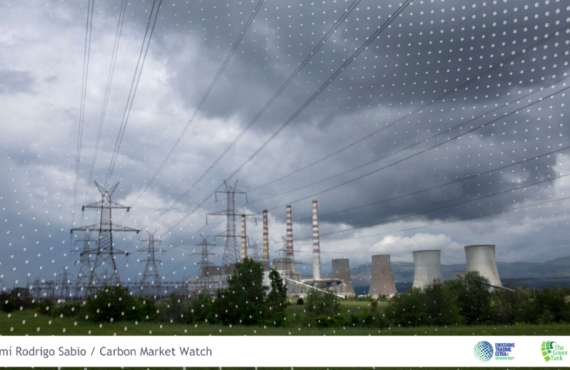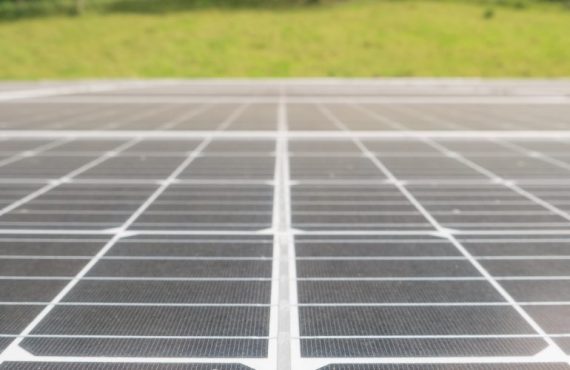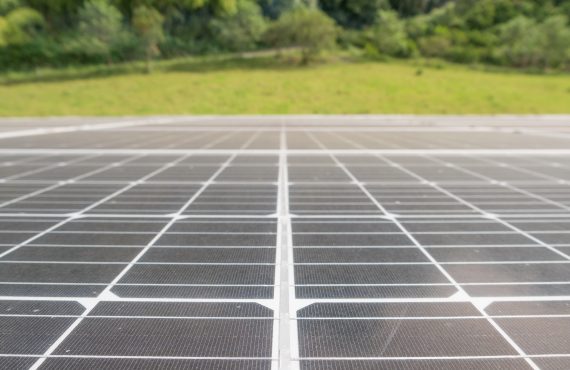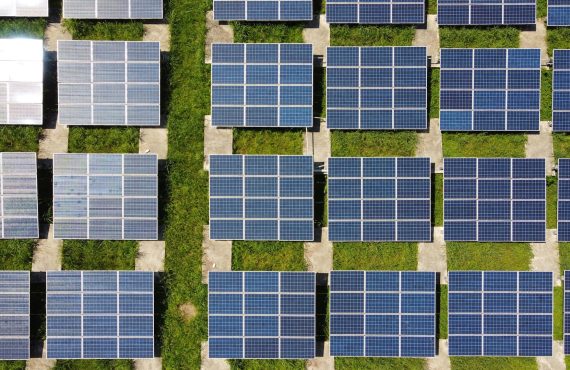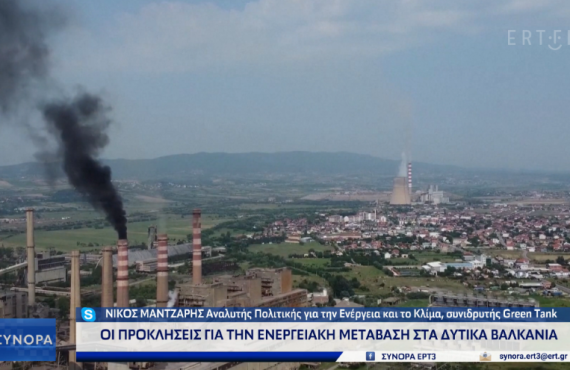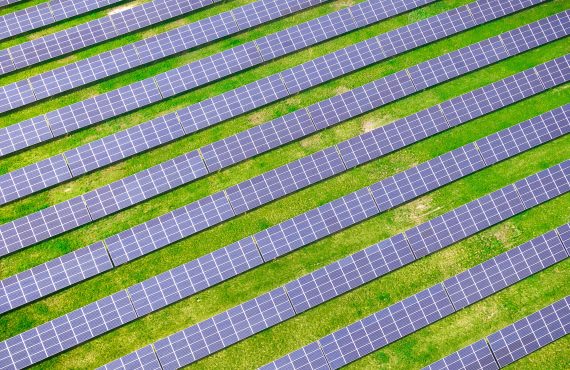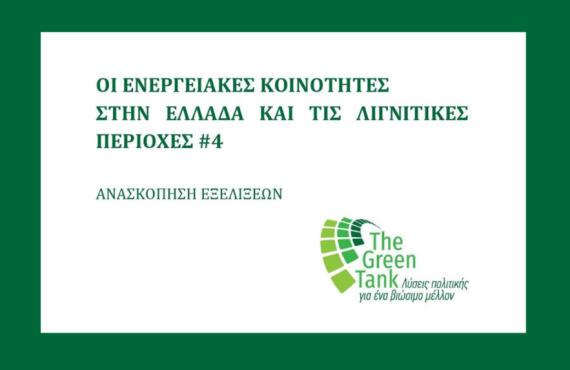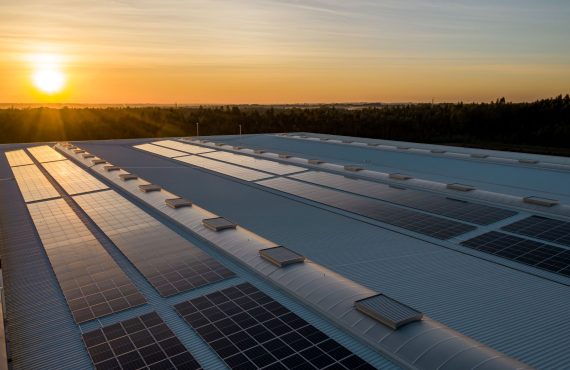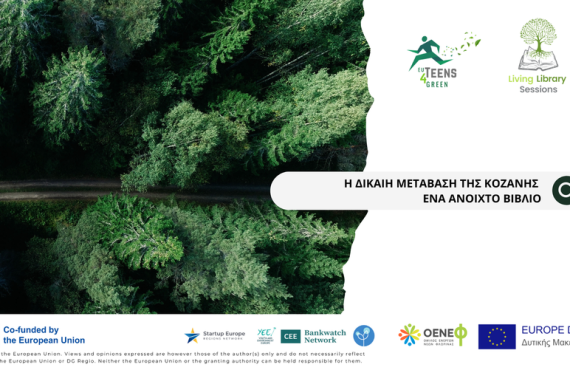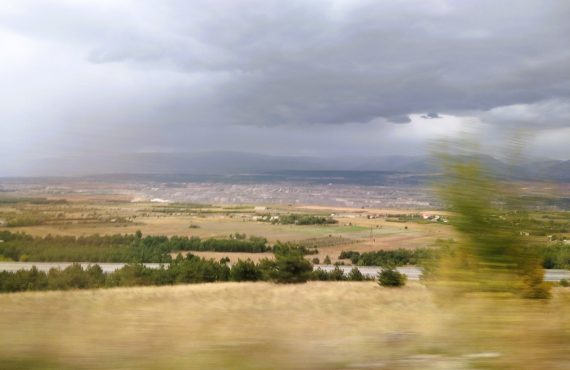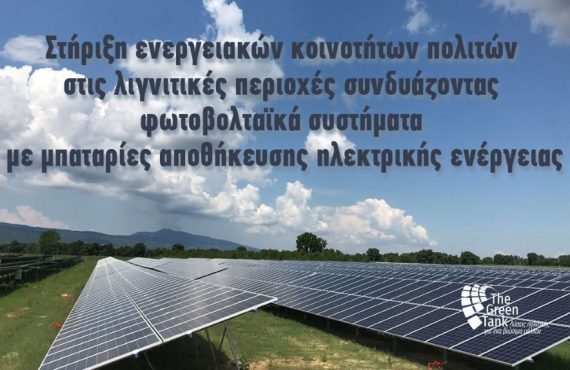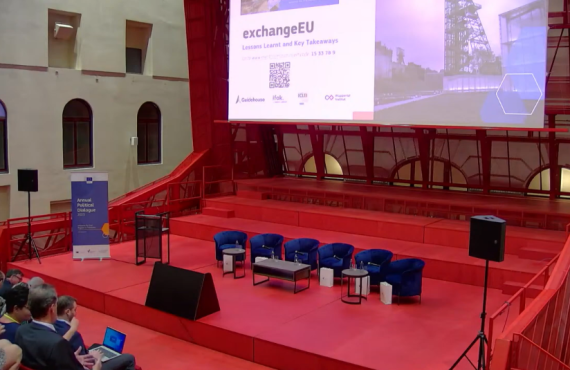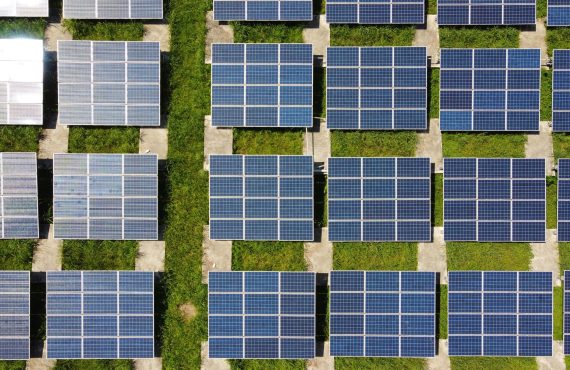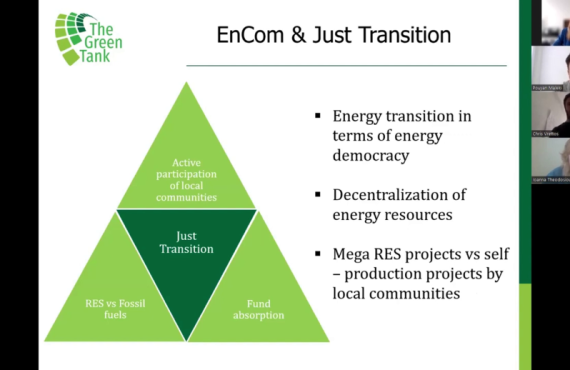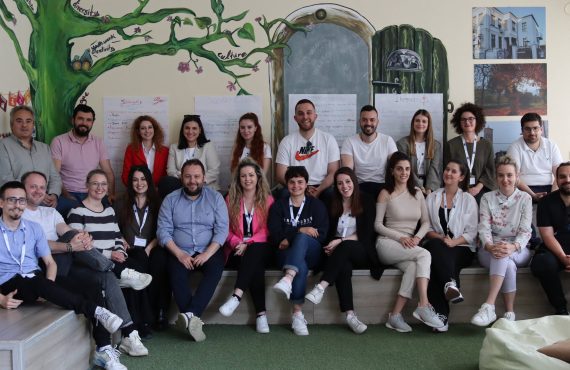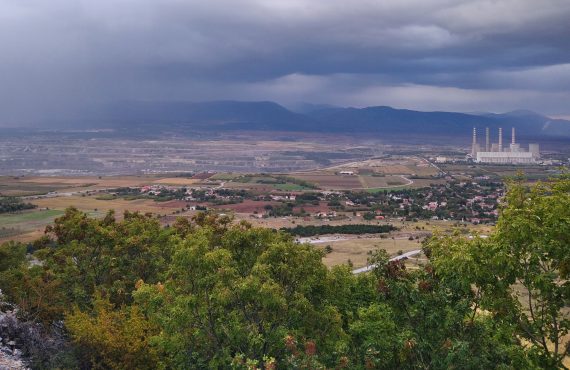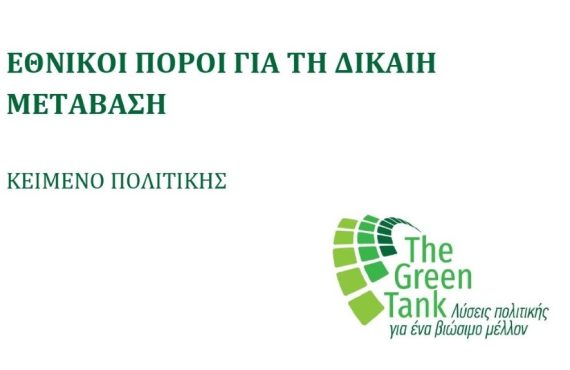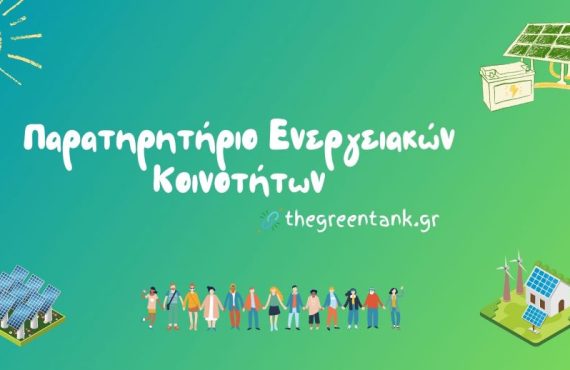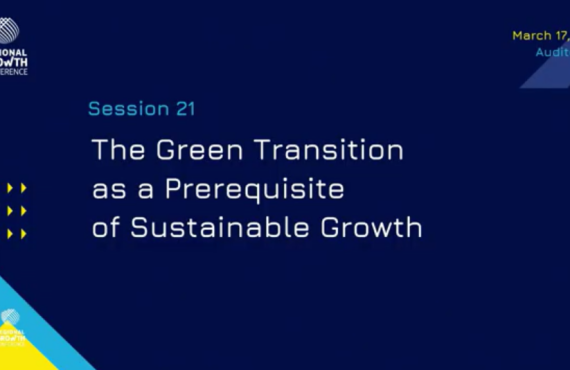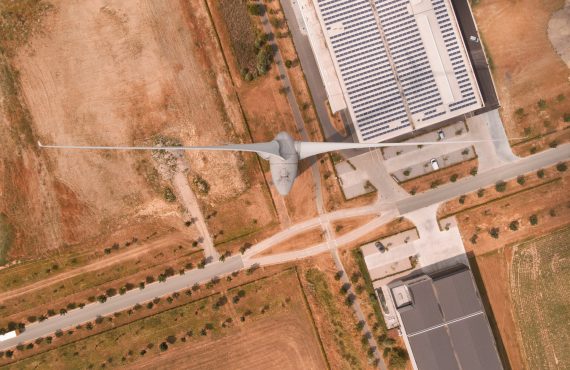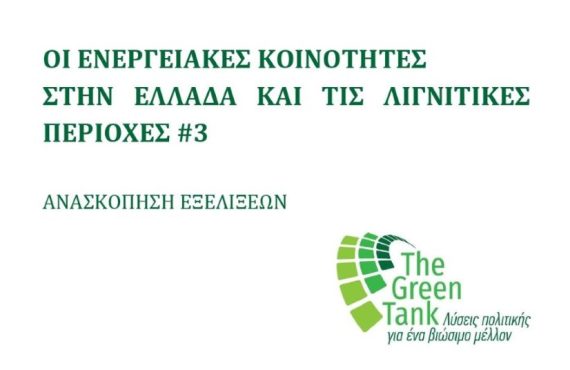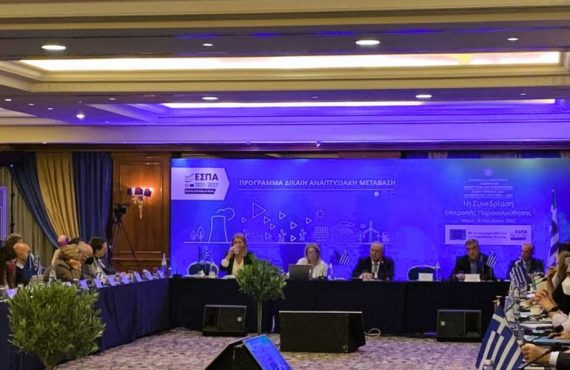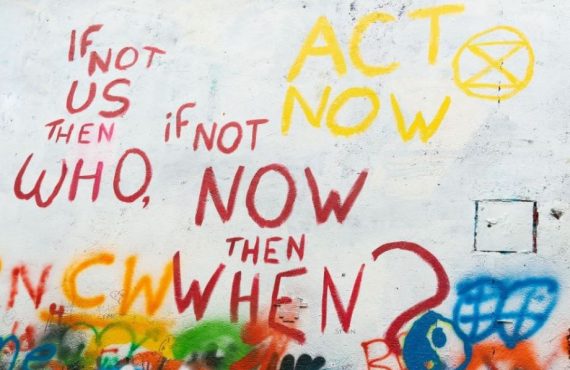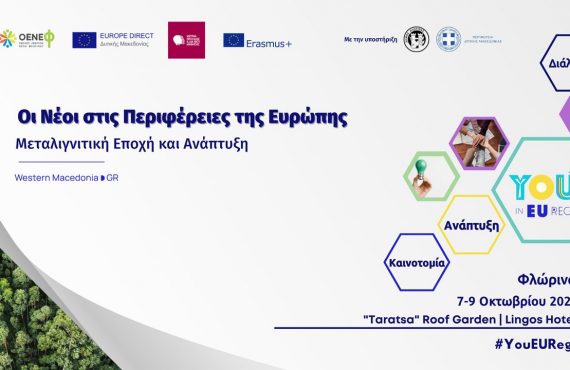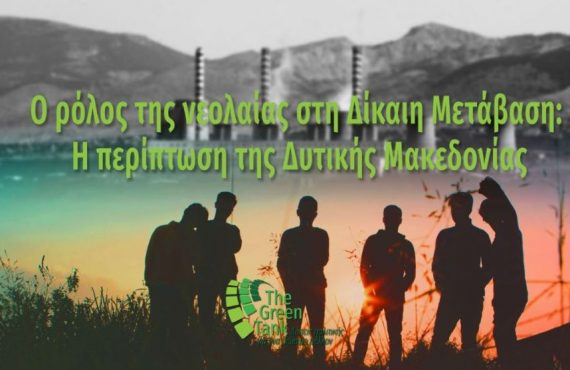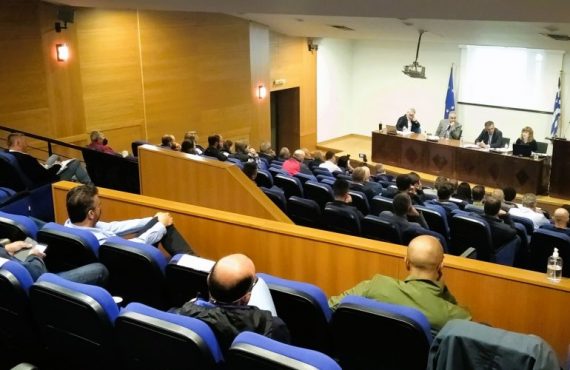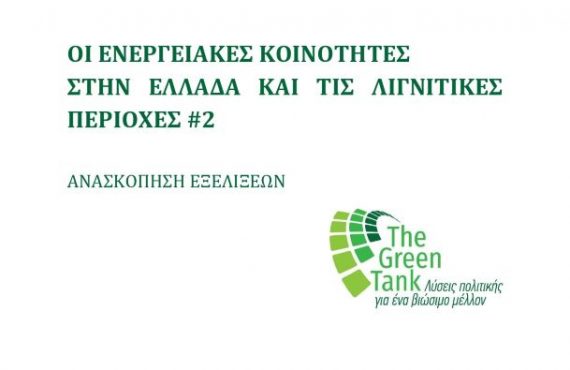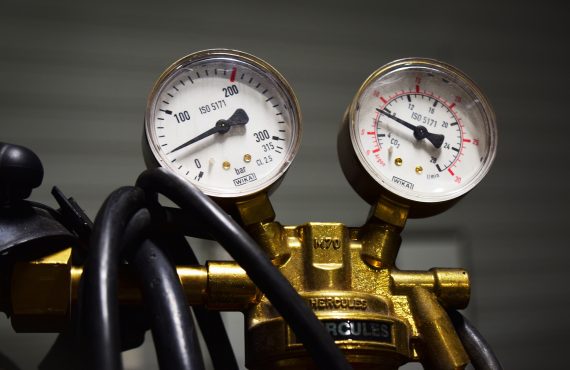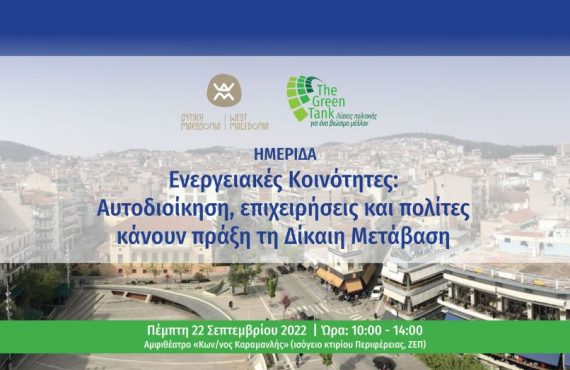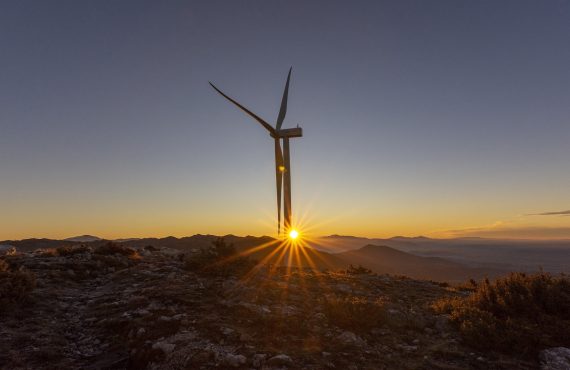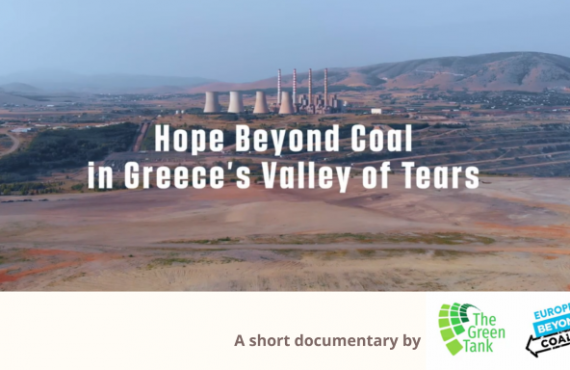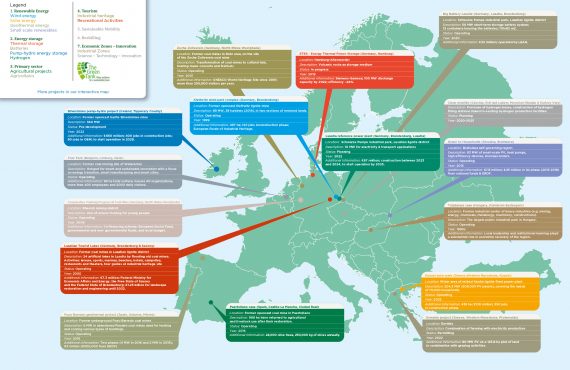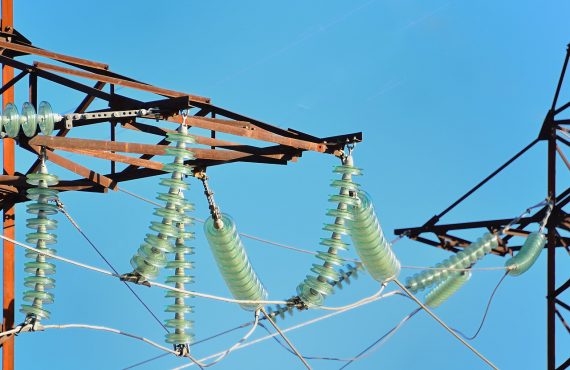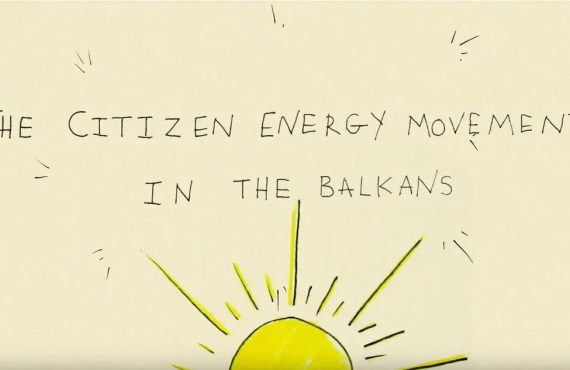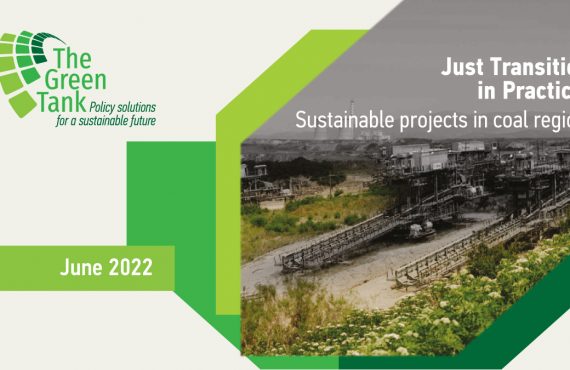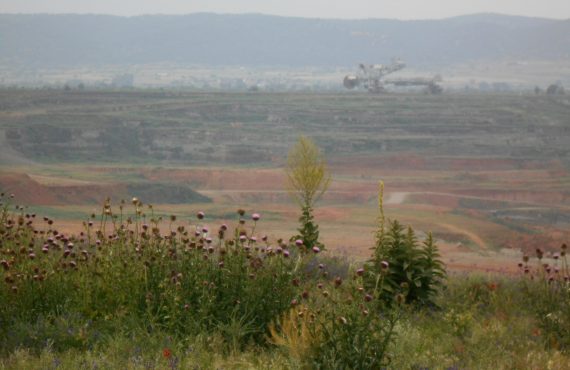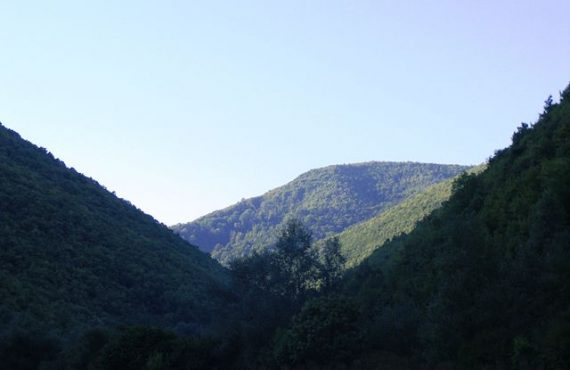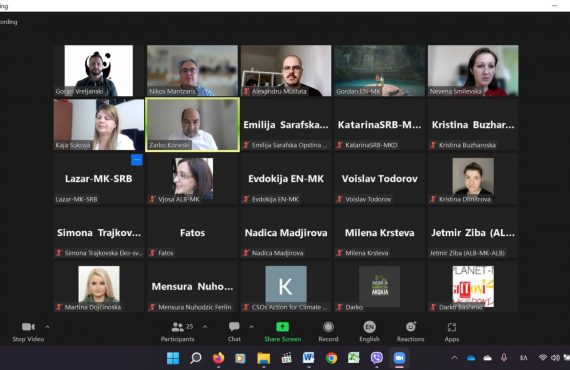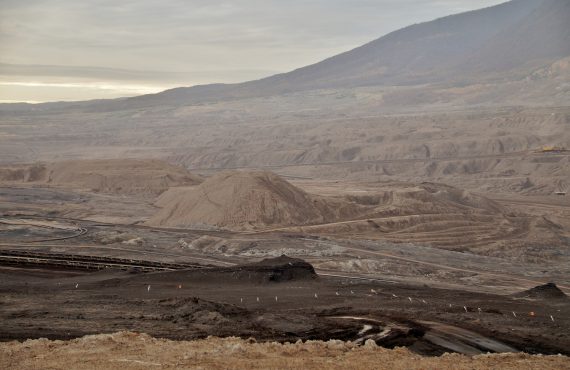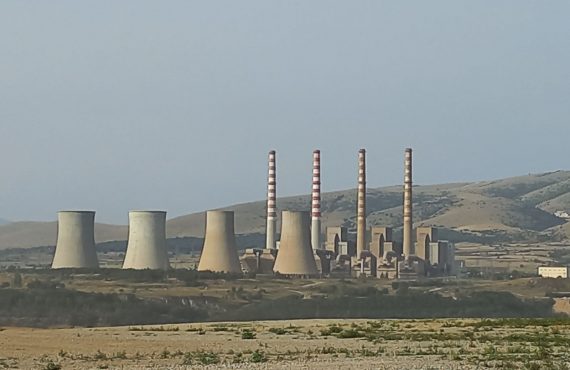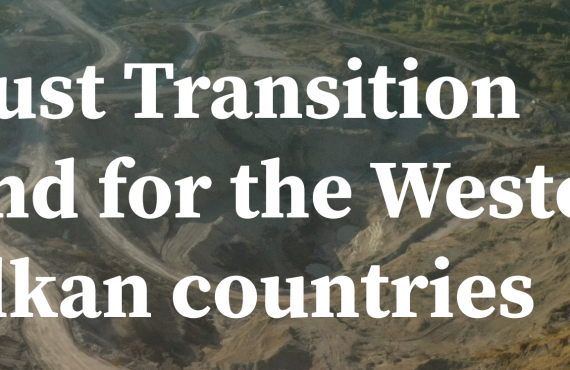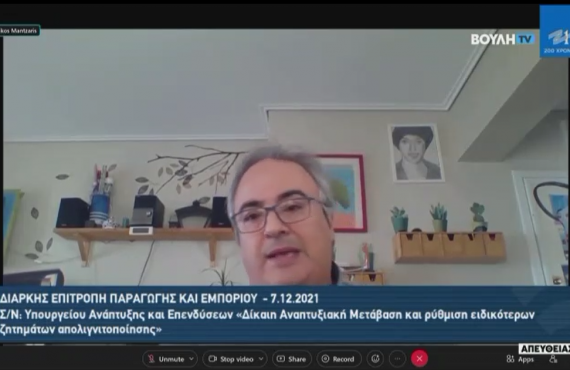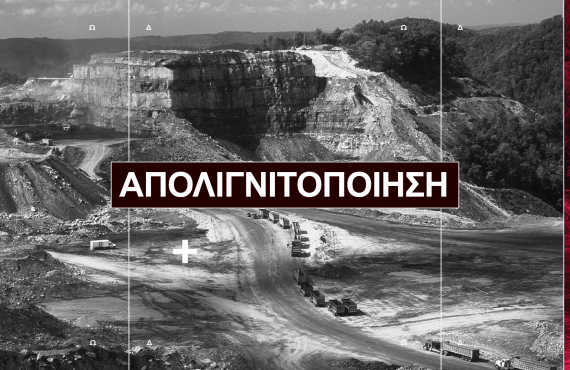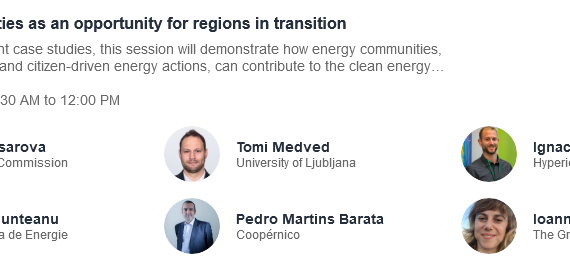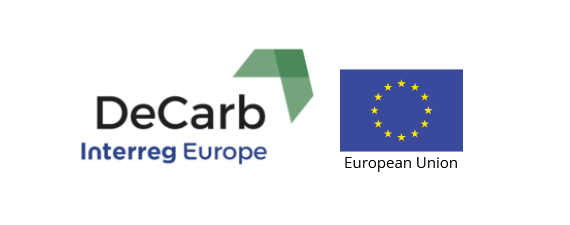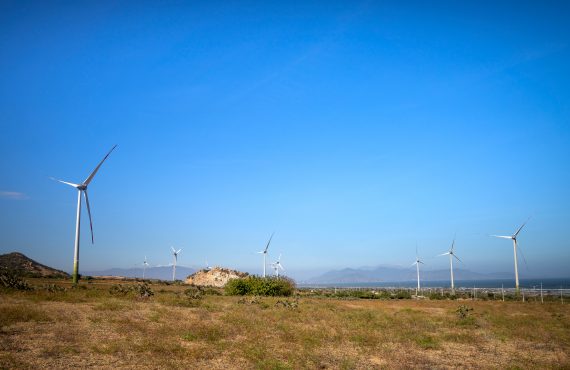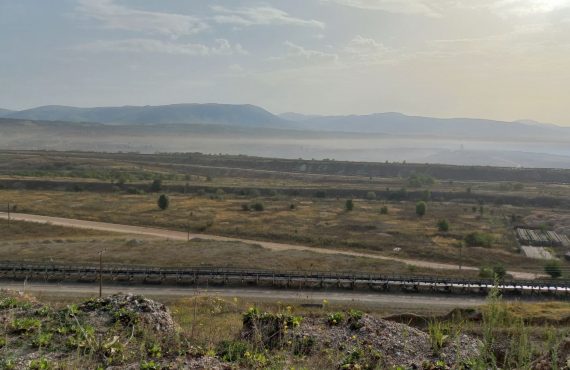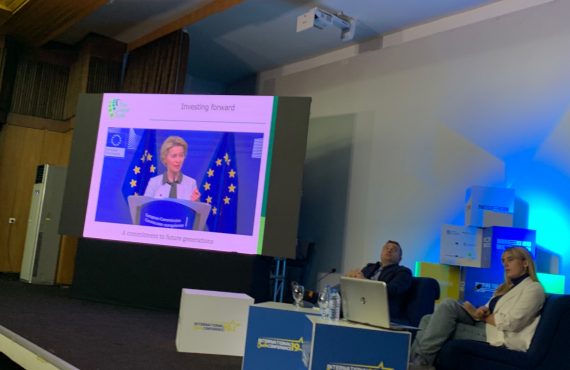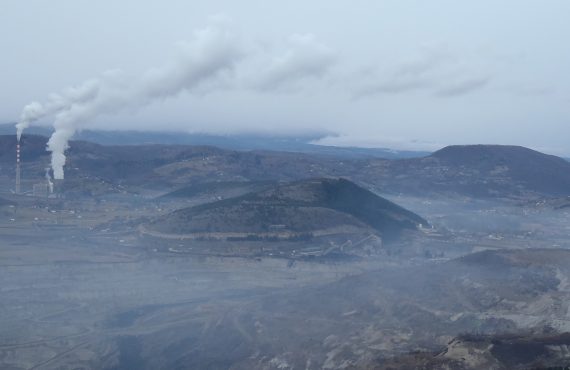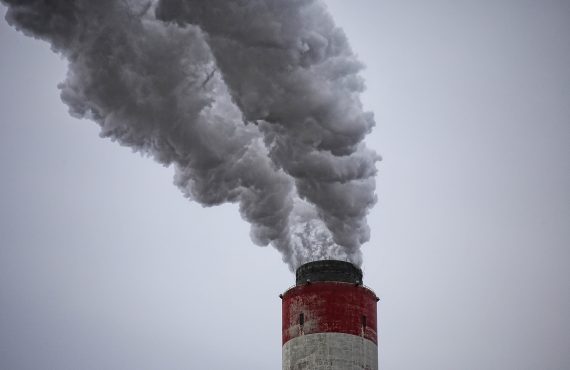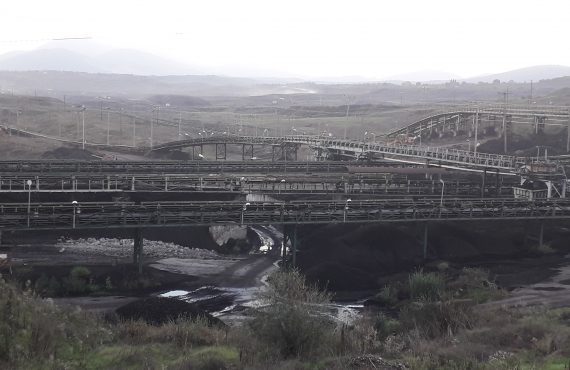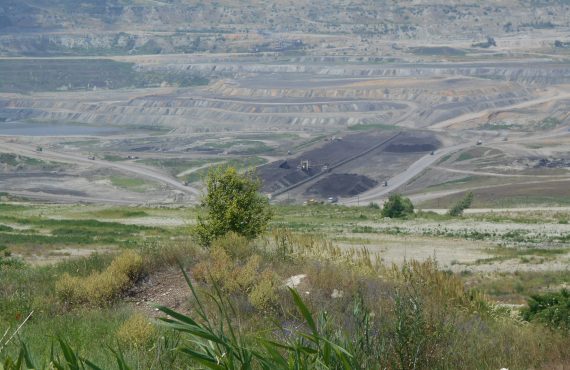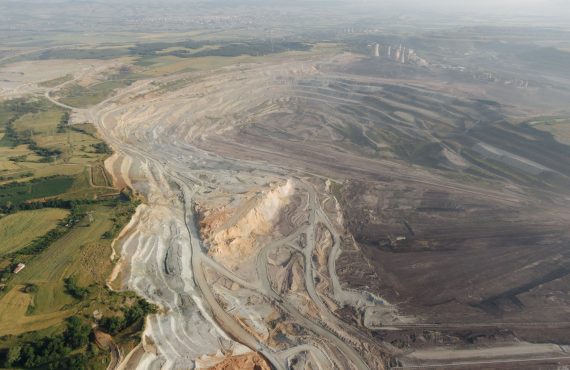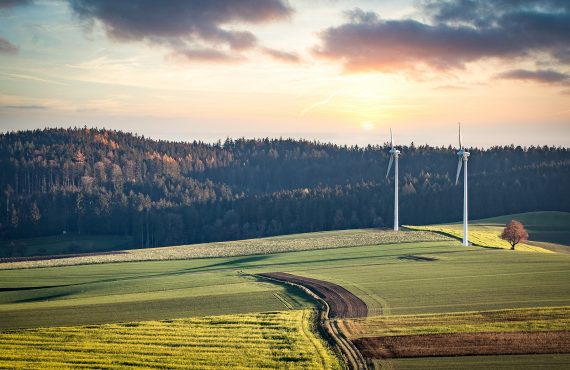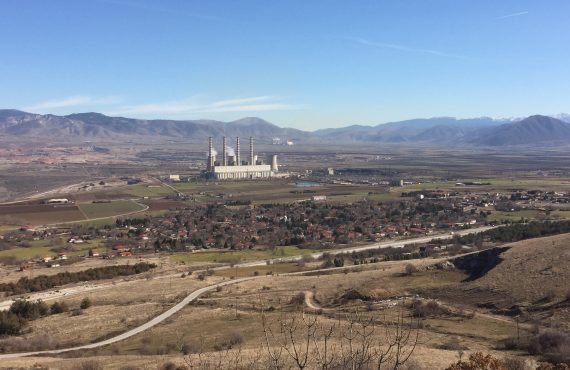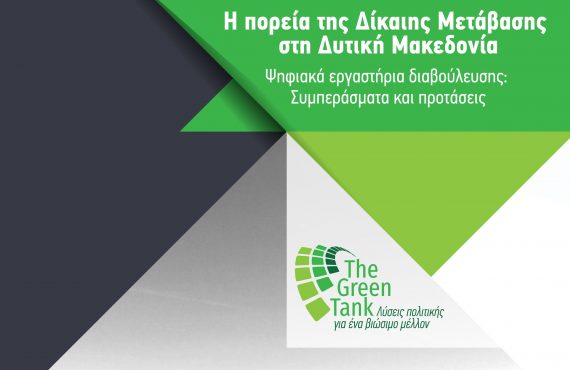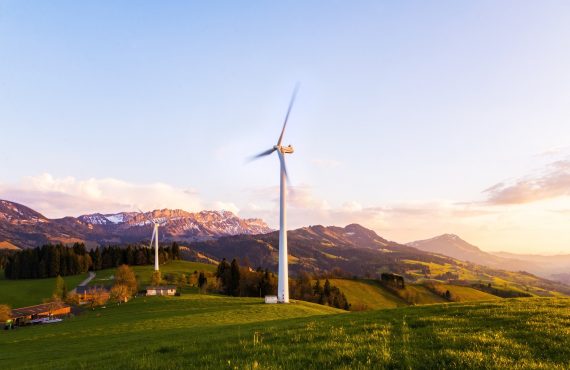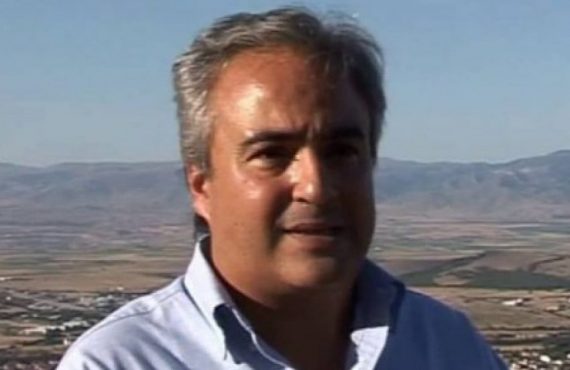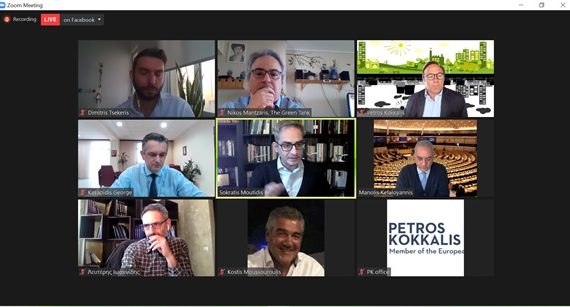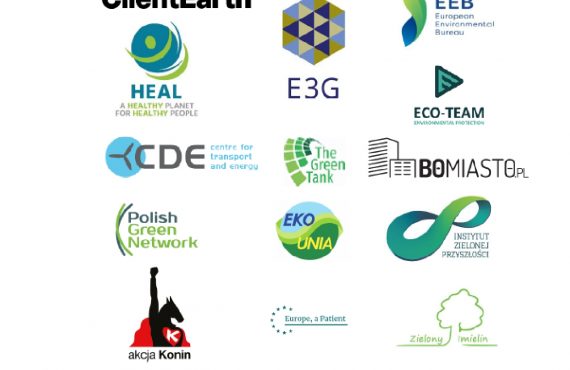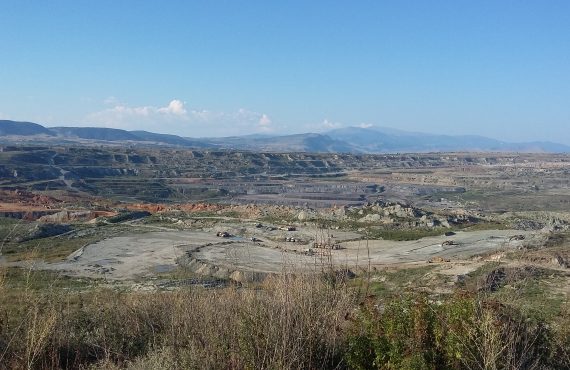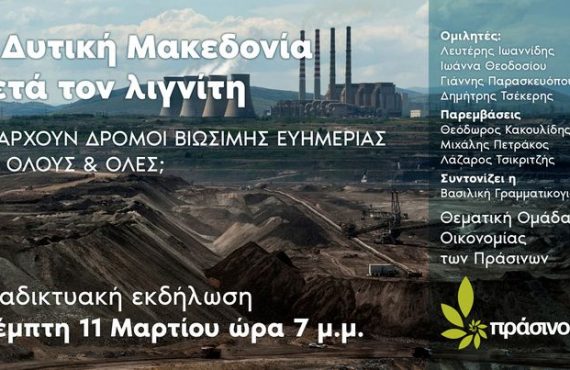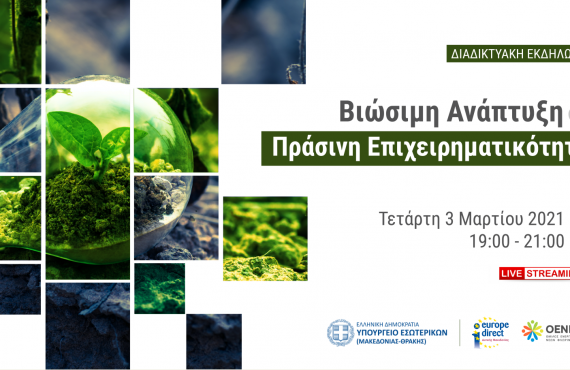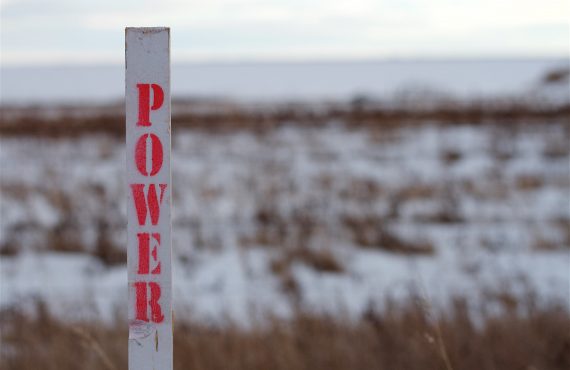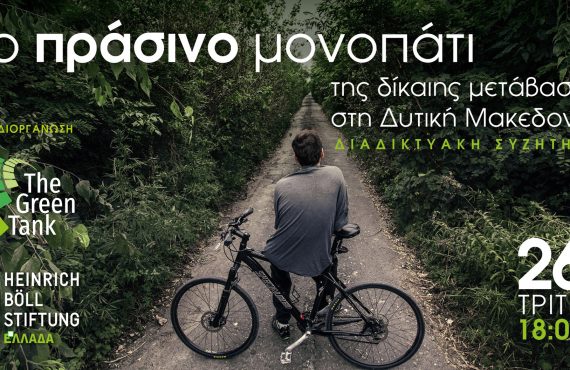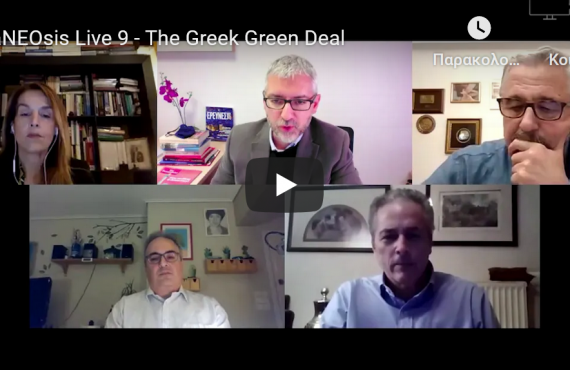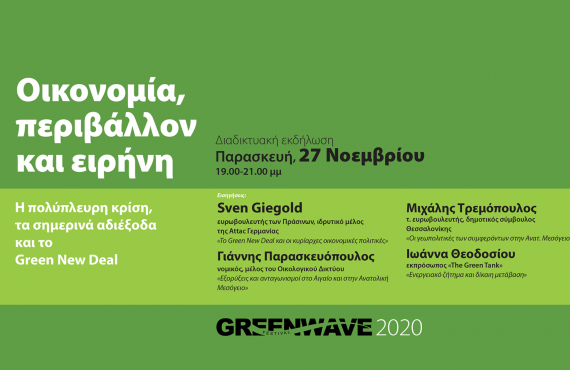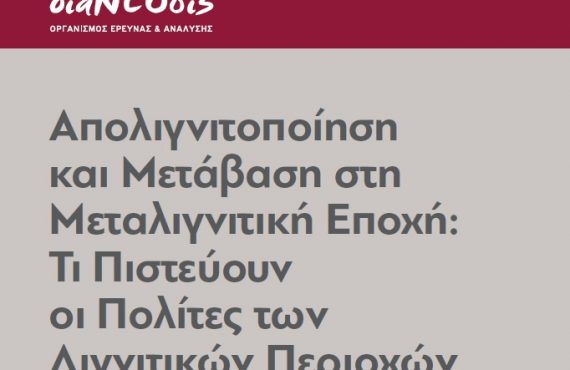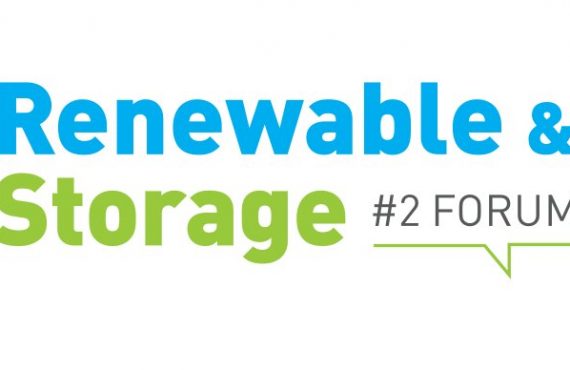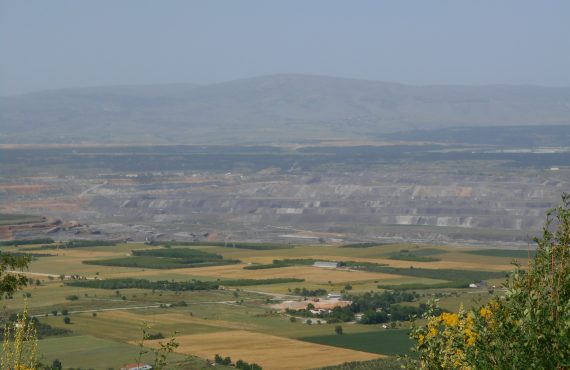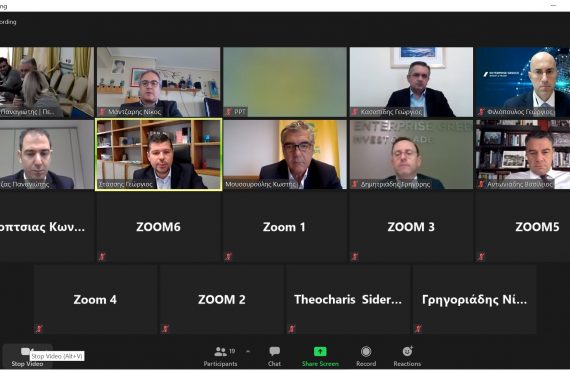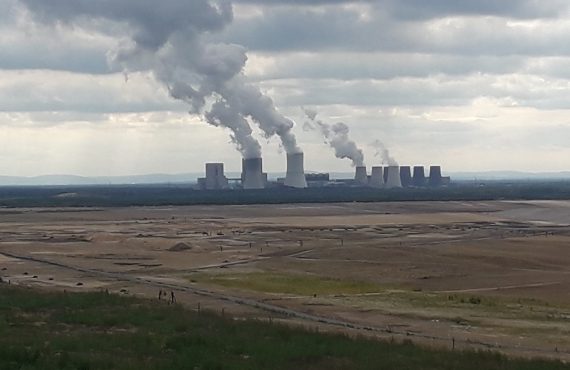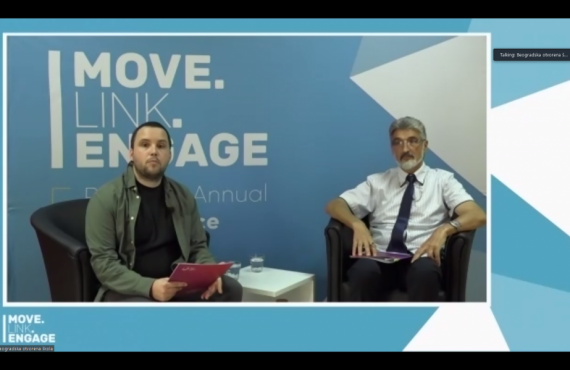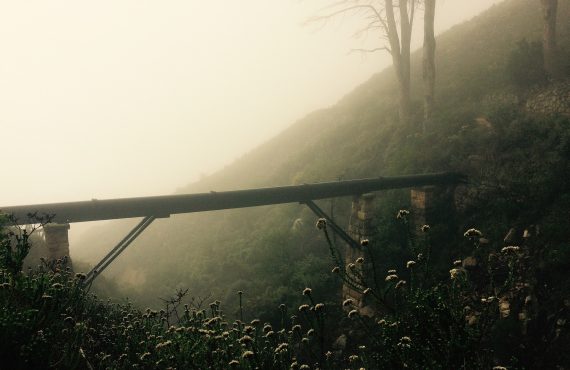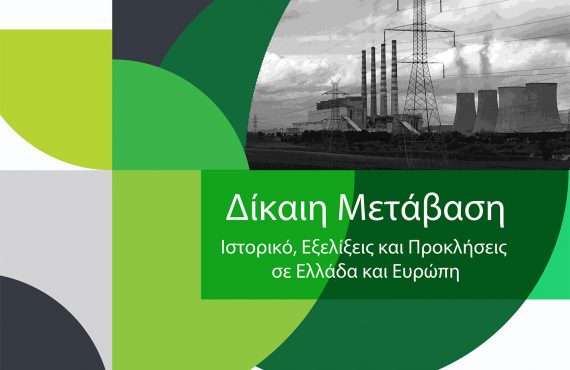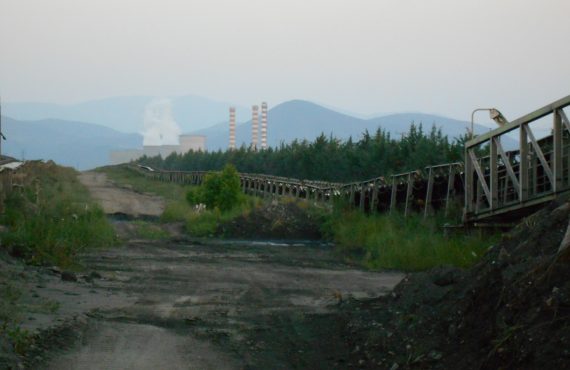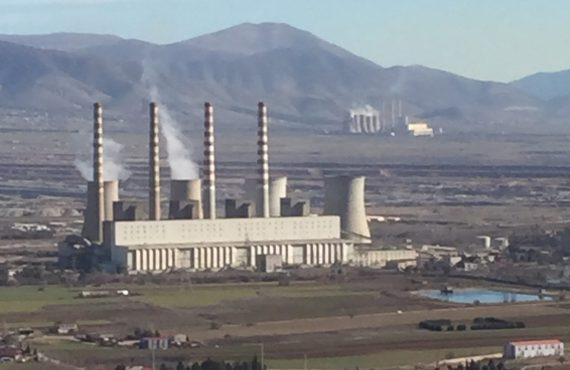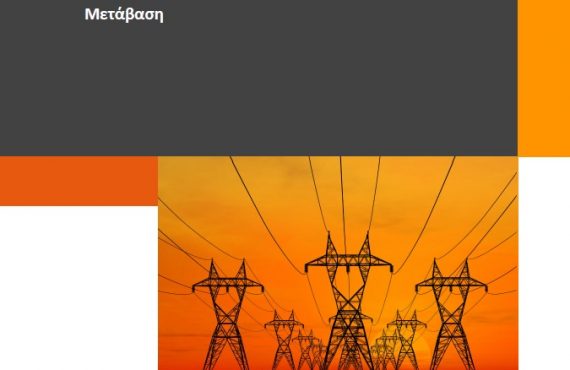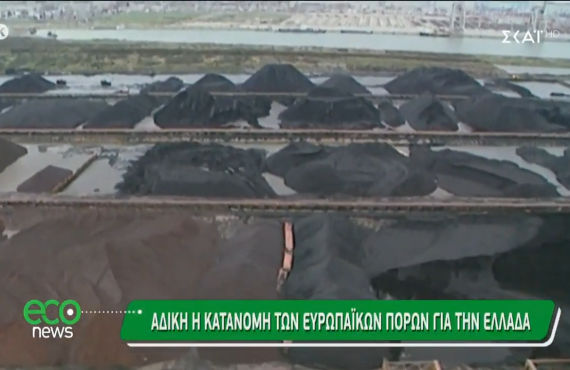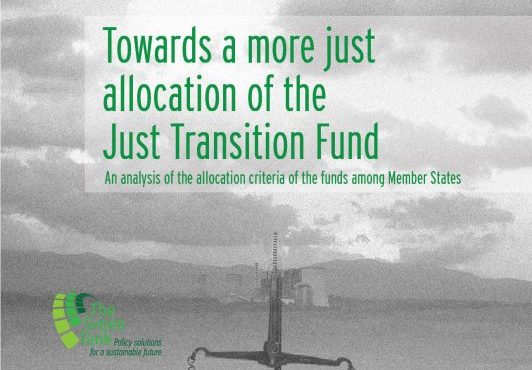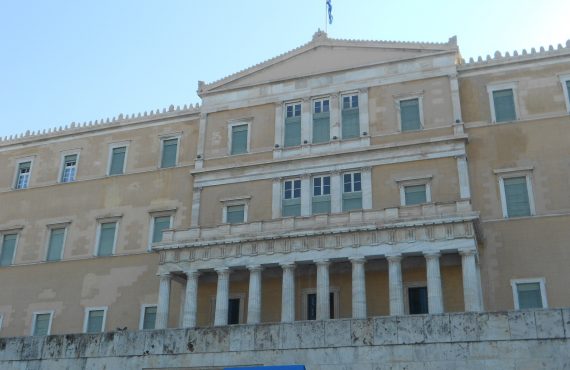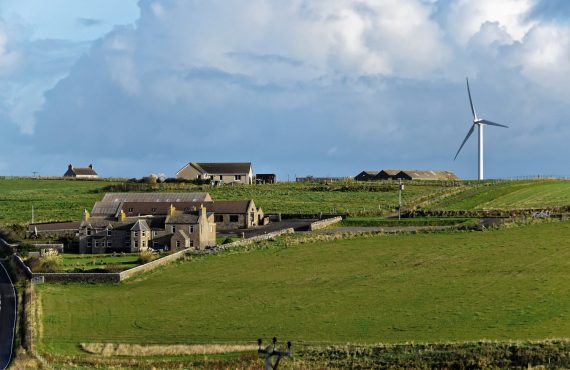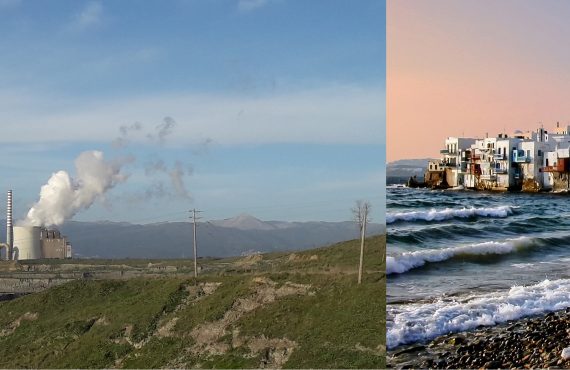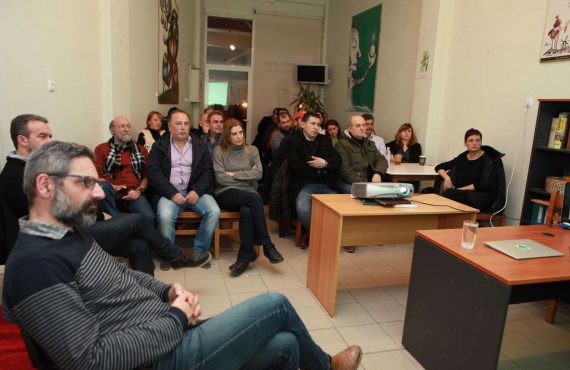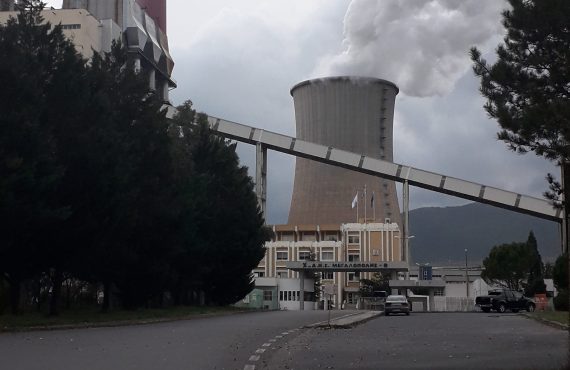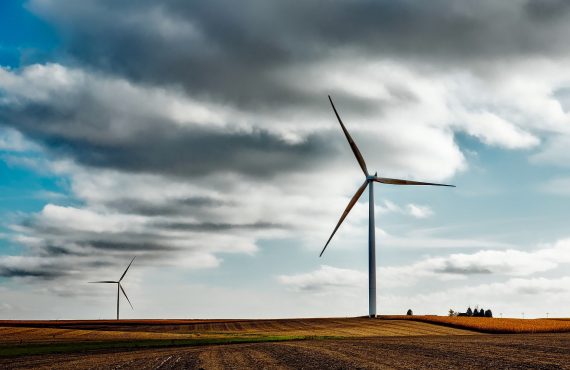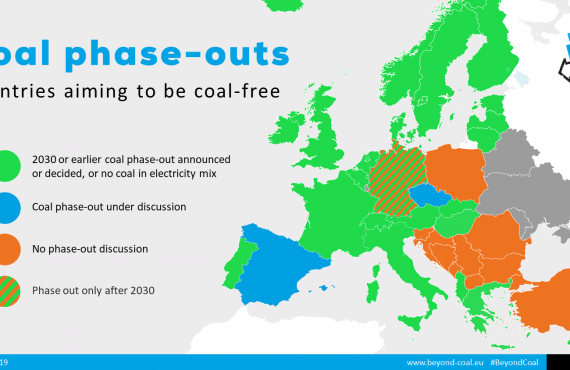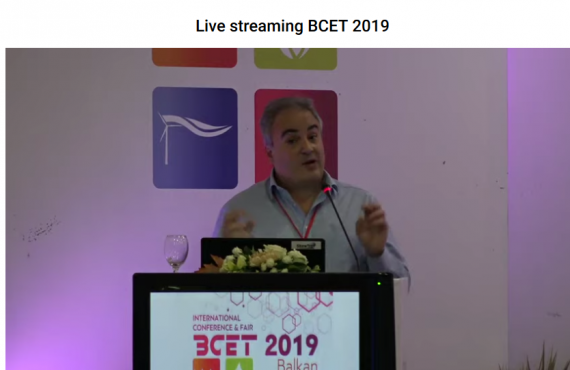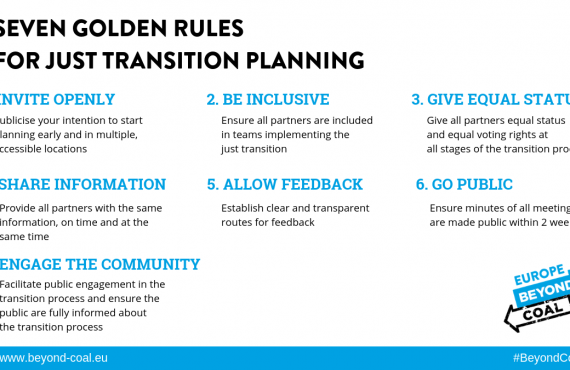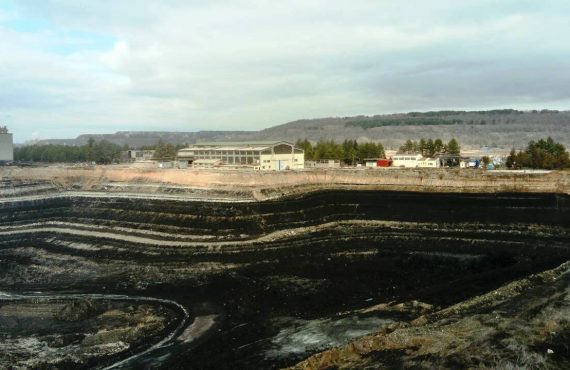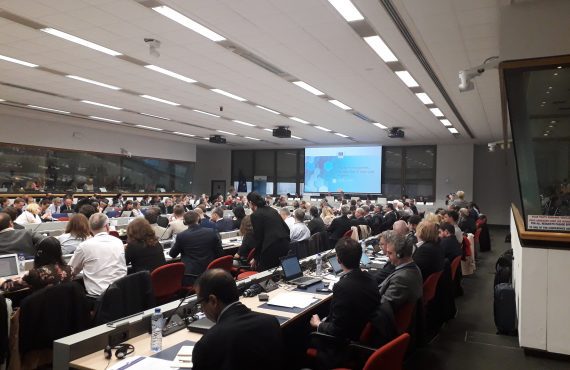The Green Tank submitted comments and specific recommendations to the public consultation on the Master Plan for the transition of Greece’s lignite regions to the post-lignite period.
The public consultation on the Master Plan for Greece’s lignite regions is a positive development. Greece is trying to respond to the needs of the front-bearing lignite phase-out and, so, becomes the first lignite-producing country in the EU that submits such a plan to public consultation. In this way, it provides the opportunity to stakeholders and citizens to participate in an official way in the response to the greatest development challenge the country faces, that is, the shift of local economies that have been dependent almost exclusively on lignite-related activities, towards sustainable economic activities.
The Green Tank notes significant improvements to the Master Plan submitted to the consultation which was launched on October 2, 2020 compared to preliminary drafts presented in early September.
While there are many positive elements that can be identified, the Master plan at hand is characterized also by important omissions. Specifically, the Master Plan lacks a long-term strategic approach and vision, while the environmental dimension is also missing. It also does not present the governance scheme that will oversee the implementation of the transition. Several also methodological gaps are noted, including absence of criteria to ensure the environmental and long-term viability of investments that are compatible with the EU Sustainable Taxonomy Regulation. Furthermore, the Master Plan lacks attention to small and medium-scale projects that can actively engage the local communities and have an immediate social and economic impact (e.g. through energy communities).
Responding to the above omissions of the Master Plan, the following recommendations are made:
1. Include in the Master Plan a complete inventory of the environmental impacts of lignite in the region of Western Macedonia and Megalopoli and a coherent plan for the rehabilitation and restoration of the natural environment.
2. Submit the Territorial Just Transition Plan of the NUTS3 units that will be selected for financing by the EU Just Transition Fund with adequate time for consultation, prior to their submission for approval by the European Commission. The plans must be accompanied by detailed documentation regarding how the available resources will be allocated among the NUTS3 units.
3. Submit to public consultation a proposal for the governance scheme that will be in place during the implementation of the transition of the lignite regions, which may initially be based on the corresponding, publicly available, proposal by the World Bank for the Region of Western Macedonia.
With respect to the financing plan, the following are recommended:
4. Integrate in the unified planning, other financing instruments such as the European Agricultural Fund for Rural Development, as well as other funding opportunities that are available via such competitive projects as LIFE and HORIZON Europe and national funding, mainly income from the auction of CO2 allowances available via the Green Fund and the Local Resource offered by the Public Power Corporation, which are complementary and offer the maximum added value to the two regions.
5. Provide a detailed description of the resources that are dedicated exclusively for the implementation of the Master Plan of the two regions during the 2021-2027 programming period as well as resources for technical assistance that will be granted in order to secure their timely absorption.
In order to correct methodological gaps noted in the Master Plan, the following recommendations are made:
6. Include the compatibility of investments with the EU Sustainable Taxonomy Regulation) among the investment selection criteria.
7. For each of the investments there should be a reference to the number of permanent jobs created, the local added value, the total amount of investment, clearly identifying the part that will come from the various funding sources.
With respect to covering the heating needs of inhabitants of the lignite regions the following recommendation are made:
8. Re-examine the issue of covering the heating needs of the lignite regions on the basis of a techno-economic analysis and factoring in the long-term viability of the alternative solutions and their compatibility with the long-term national and European greenhouse gas emission reduction targets.
9. Completely disengage the new lignite plant “Ptolemaida 5” from the district heating of the lignite regions in Western Macedonia.
10. The fossil gas pipelines which are planned to be constructed must be ready to be used for the transport of 100% green hydrogen in the future, right from the get-go.
As far as the investments choices are concerned, the following are recommended:
11. Clarify that the hydrogen in the emblematic investment of the new plant in Western Macedonia, will be produced by electrolysis of water using electricity from renewable energy sources (RES), i.e. the hydrogen will indeed be green.
12. The collaboration that seems to exist with RWE in photovoltaics should be extended to the conversion of lignite plants to clean electricity storage units. Moreover, the collaboration with other companies that are working on thermal storage technologies from RES energy should also be explored.
13. Increase significantly the absolute amount earmarked for energy savings in lignite regions, which could be listed as an ‘emblematic’ investment target for the 2021-2027 programming period.
14. Allocate resources for the exploitation of the rich industrial heritage of Greece’s lignite regions aiming to promote tourism.
To further aid the financial support and participation of local communities in the implementation of the Master Plan the following recommendations are made:
15. Ask large energy companies that will invest in a region in renewables to render part of the initial investment available for purchase by energy communities that the local communities will establish, which will in turn offer them the capability of earning income from electricity sales proportional to their original investments.
16. Commit separate resources to support non-profit energy communities which aim to develop RES, the installation of sustainable heating and cooling technologies (e.g. heat pumps) and energy savings projects with the aim of covering local needs.
You may read an executive summary of the detailed comments and the 16 recommendations the Green Tank submitted to the public consultation. The full text (in Greek) is also available.




